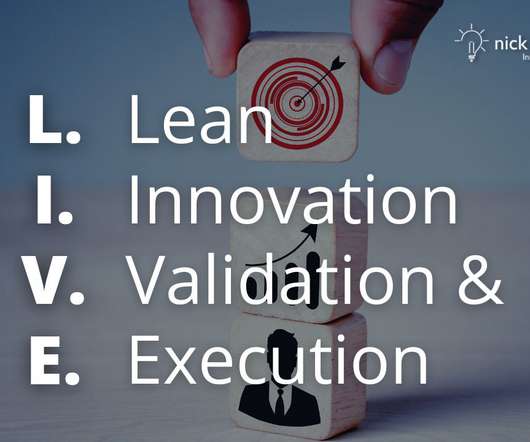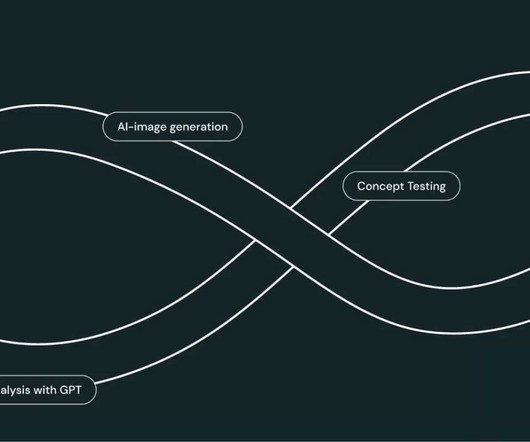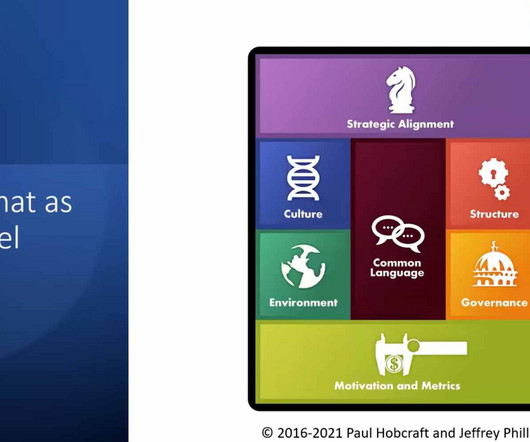L.I.V.E. (Lean Innovation, Validation & Execution): A new, more effective way to manage multiple innovation projects
Idea to Value
NOVEMBER 7, 2022
This is why project management and the processes which support it (such as multi-year planning, business cases, risk management, change management and financial governance) form the backbone of most management frameworks in large companies. Lean Innovation, Validation & Execution). Want to learn more? works: L.I.V.E.

























Let's personalize your content